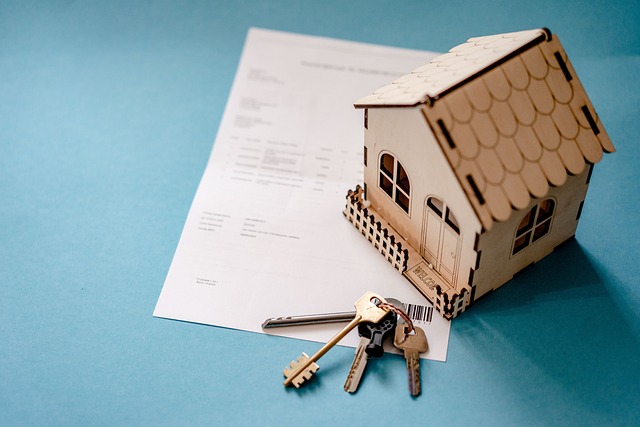Low down payments in real estate empower first-time buyers to enter the market with reduced stress, but require thorough assessment of finances and market trends. Government-backed programs offer flexible mortgage options like fixed or adjustable rates. Risks include higher interest rates and stricter lending, so careful consideration is crucial. Co-buying, fixer-uppers, and leasing with an option to buy are innovative strategies for diverse financial circumstances.
In today’s competitive real estate market, making a low-down payment can open doors to homeownership. This article demystifies the concept, guiding both novice and seasoned buyers through its intricacies. We explore the benefits and considerations of low-down payments, offering practical strategies to secure your dream property with minimal initial investment. Discover how this approach can revolutionize your journey into the world of real estate.
Understanding the Concept of Low-Down Payments in Real Estate

In real estate, a low-down payment refers to an initial investment required by buyers to secure a property, typically significantly lower than the traditional 20% deposit. This concept has become increasingly popular among first-time homebuyers and those seeking to maximize their purchasing power. By putting down a smaller amount upfront, individuals can enter the real estate market with less financial strain, allowing them to allocate resources for other important aspects of homeownership, such as closing costs, moving expenses, or immediate renovation needs.
Understanding low-down payments is crucial in navigating the real estate landscape. These offers often come in the form of government-backed loan programs designed to encourage homeownership and stimulate the market. Lenders and financial institutions offer various options tailored to different buyer profiles, including fixed-rate mortgages or adjustable-rate mortgages (ARMs), each with its own set of terms and conditions. Buyers should carefully consider their financial capabilities, long-term goals, and market trends before embracing this strategy to ensure a smooth transition into homeownership.
Benefits and Considerations for Buyers Making Low Down Payments

Making a low down payment on real estate can be an attractive option for buyers, offering several advantages in the competitive market. Firstly, it allows individuals to enter homeownership with less financial strain, as a smaller initial investment means reduced debt and potentially lower monthly mortgage payments. This is especially beneficial for first-time buyers or those on tight budgets. Additionally, low down payments can be advantageous from a real estate agent’s perspective, as it may encourage more people to take the leap into the housing market, driving up demand and potentially increasing property values over time.
However, there are considerations to keep in mind. Smaller down payments often result in higher interest rates on mortgages, which can increase the long-term cost of owning a home. Moreover, buyers might face stricter lending requirements, such as higher credit score thresholds and more rigorous financial underwriting. It’s crucial for prospective purchasers to carefully assess their budget, savings, and future financial goals before committing to a low down payment strategy in the competitive real estate market.
Strategies to Secure a Property with Minimal Initial Investment

Securing a property, especially for first-time buyers or those on a tight budget, can seem like an insurmountable task. However, there are strategic approaches to navigating the real estate market with minimal initial investment. One effective method is to consider co-buying or partnering with another individual who shares similar financial goals. By combining resources and responsibilities, you can afford a larger down payment, making the process more accessible.
Another option is to explore options for fixer-uppers or properties in need of renovation. These often come at a lower initial cost, as they may require substantial repairs or remodeling. While this path demands a significant amount of work, it allows buyers to acquire property at a bargain and potentially increase its value upon completion. Additionally, leasing with an option to buy is worth considering, offering tenants the chance to save for a down payment while securing long-term housing stability.






